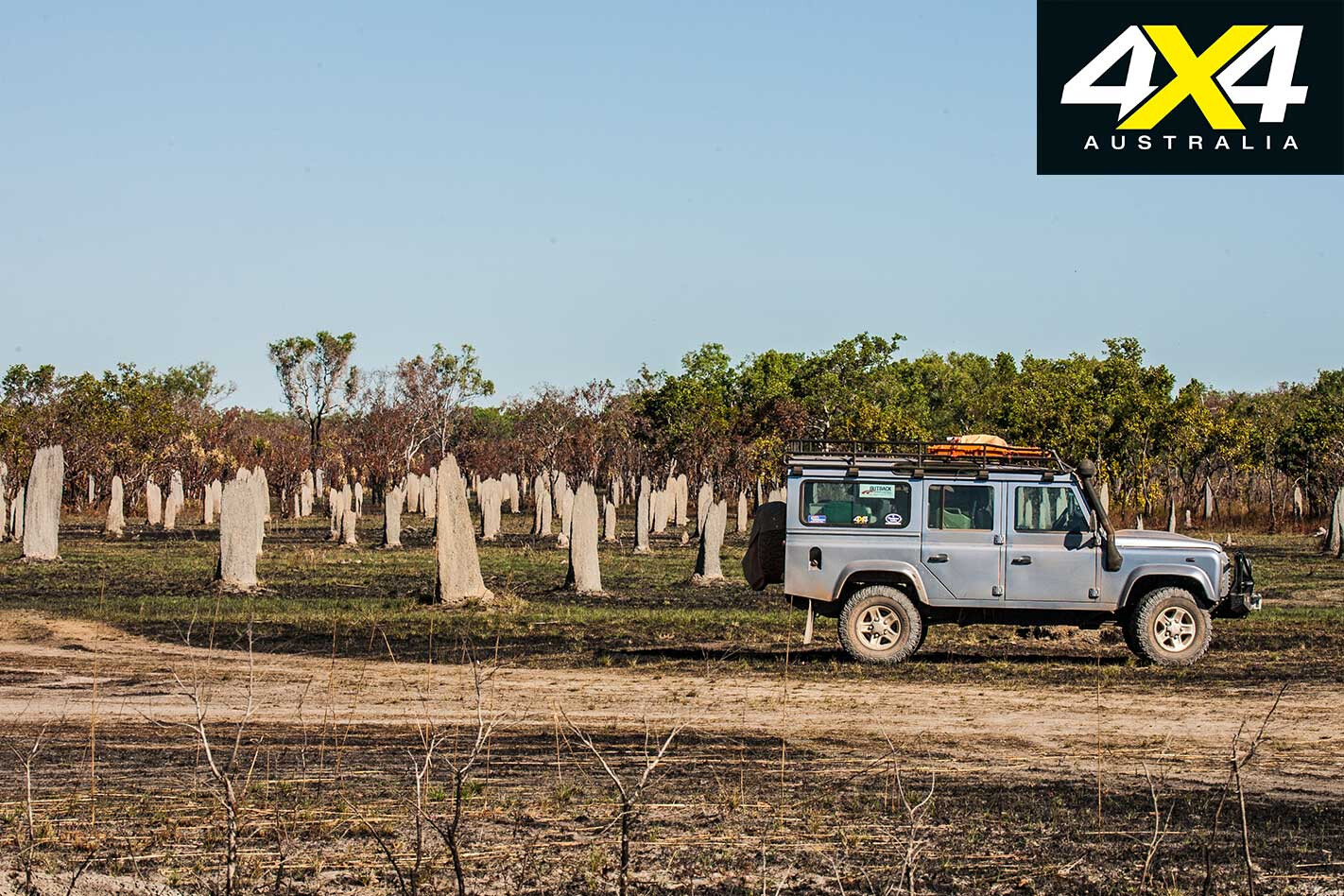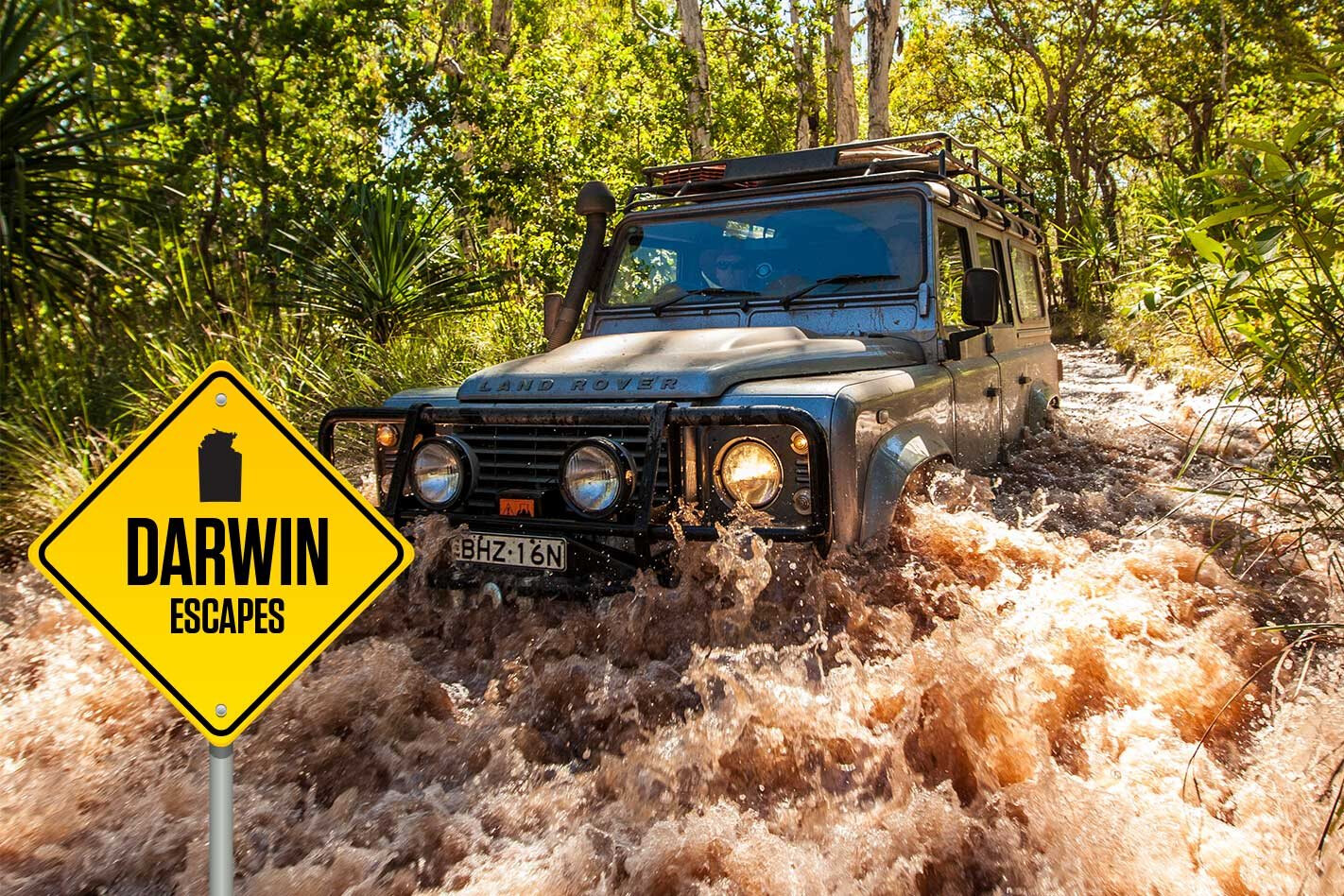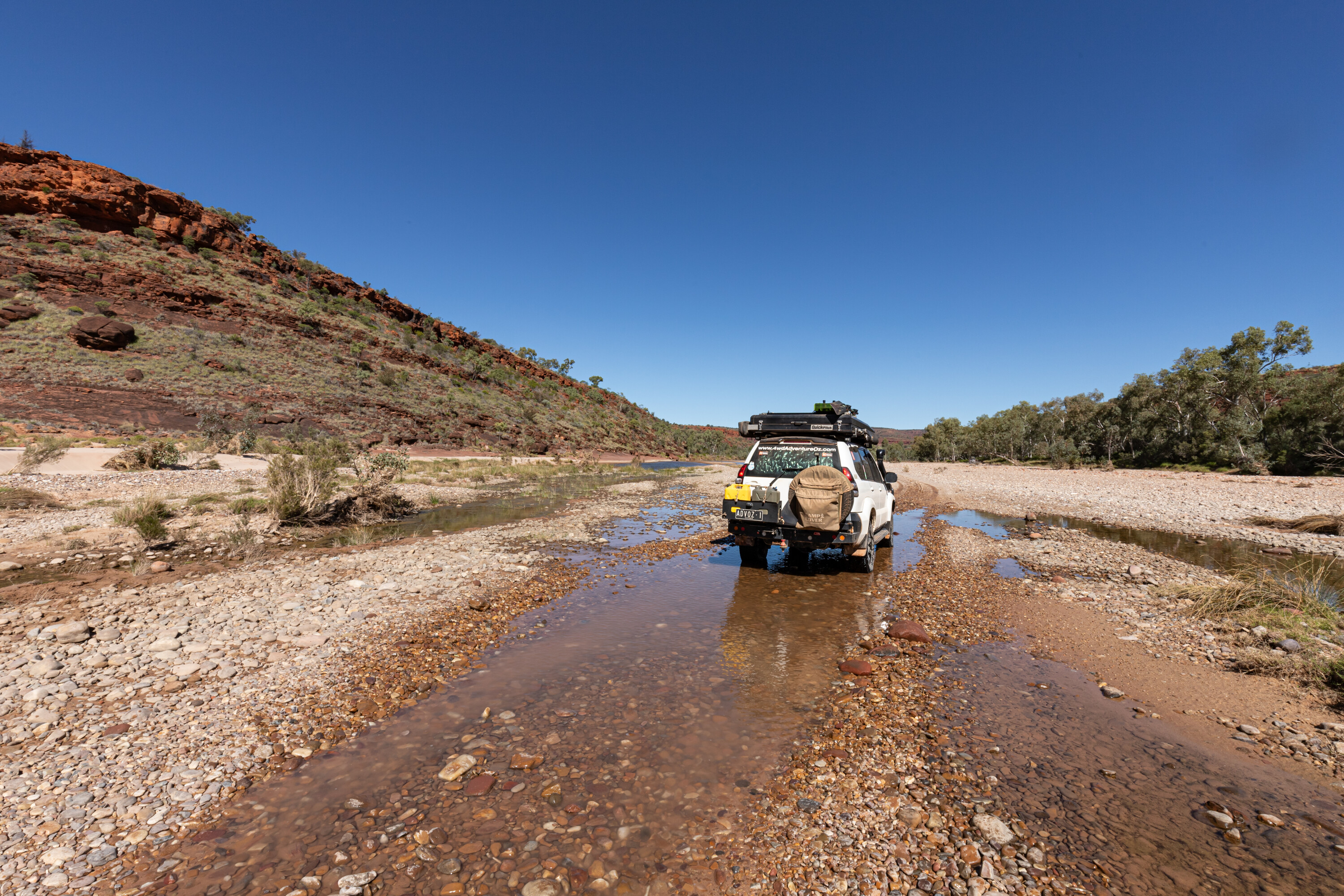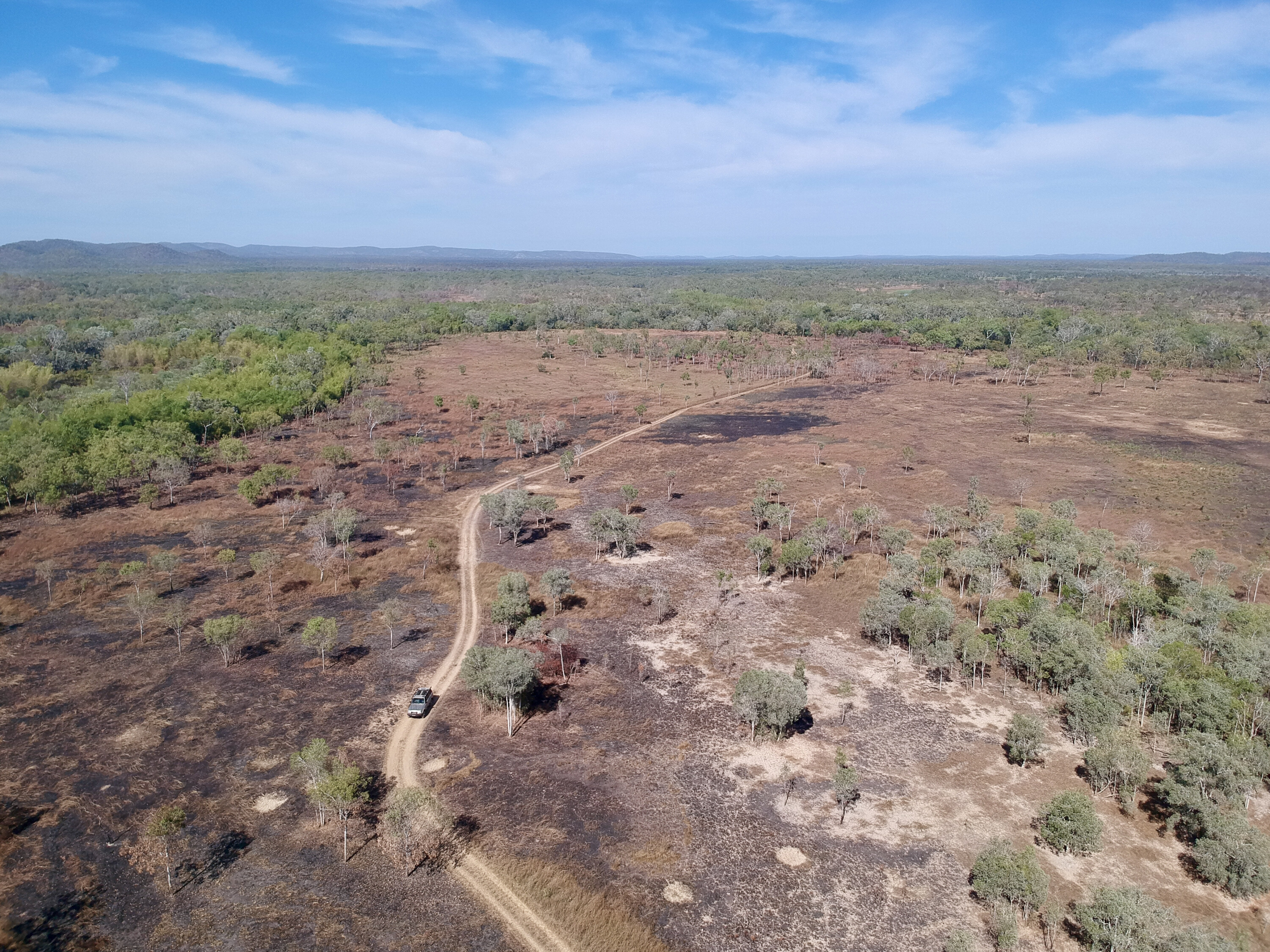JUST over an hours’ drive from Darwin, Litchfield National Park will fulfil that cliché of transporting you to another world. In this case, one of huge waterfalls, challenging four-wheel driving (in the southern section of the park), big rivers, even bigger wildlife (read: saltwater crocs), numerous bushwalks, loads of safe swimming options, and excellent camping.
The park is a microcosm of the Top End; smaller than its famous neighbour Kakadu, Litchfield gives visitors with limited time the chance to gain a real sense of the Top End’s timeless appeal.
The bitumen run from Darwin to the park’s northern gateway, the township of Batchelor, is the quickest way to enter the park. Follow the Litchfield Park Road into the northwest corner of the park where you’ll find all the famous attractions such as Florence Falls, Buley Rockhole, Tolmer Falls and Wangi Falls directly off this main sealed route.
The Tabletop Swamp and The Lost City are accessed via dirt tracks off this main road as well. You won’t be alone up here in this northern section – day visitors, tourist buses and the like swamp this part of Litchfield during the dry season.
Swimming in the Top End is generally a no-go due to the proliferation of dangerous saltwater crocodiles in the region’s waterways; however, most of the pools at the bottom of Litchfield’s many waterfalls are croc-free (Parks NT checks each one at the end of the wet season), so you can escape the park’s warmth and humidity with a dip in Florence, Wangi or Tjaynera Falls, Walker Creek or Buley Rockhole.
For those looking to escape the Litchfield crowds, you can explore dirt access tracks south of the main drag that will take you to Tabletop Swamp or The Lost City and its eerie rock formations.

For a more remote, wilder experience, we’d highly recommend spending the day and night in this part of the park (and camping at Wangi Falls). Then we’d suggest heading into the deep south of the park, via the 4×4-only track that takes you south from Greenant Creek. This track swaps between slightly challenging and straightforward, with a big dose of fun.
There are some great highlights along here, not the least being the numerous water crossings – the Reynolds River crossing, in particular, is a cracker, with its winding path across this wide waterway – but also make time for a stopover at historic Blyth Homestead in the upper section of this track, and also for a swim at nearby Tjaynera Falls.
Blyth Homestead was an outstation of Stapleton Station and was the historic home of the Sargent family. The building wasn’t always at this location, though; Harry Sargent had dismantled the building at its original location (at a neighbouring station) and transported it using a team of horses.
It was rebuilt at its current location after Sargent discovered the abandoned Mt Tolmer Mine, which he hoped would supplement his grazing income. Plus, this location was close to a creek and springs, so water supply was never an issue. It was, much later, sold to the Townsend family, and then in 1986 was included in the newly-formed Litchfield National Park and is now Heritage-listed.

More water crossings follow as you continue south before reaching Surprise Creek Falls, another fantastic swim spot and also a good place to camp for the second night. From here you can continue to the park’s southern exit/entry and turn east on to Daly River Road which, in turn, takes you back to the Stuart Highway.
For those who wish to stick to the north-western section, where a large percentage of the waterfalls are located, you can still camp at Wangi Falls and then loop north and east to take in Cascades, Walker Creek (great swimming here) and the Bambook Creek Tin Mine area.
For those keen to explore the park on foot there are plenty of walks to choose from, ranging from short strolls to various swimming holes, through to longer walks and the big Tabletop Track, a 39km, two- to three-night loop that is accessed via Florence Falls, Greenant Creek, Wangi Falls or Walker Creek (these can be linked separately, i.e. Greenant Creek to Wangi Falls as shorter overnight walks).
This is a relatively serious undertaking reserved for experienced hikers (you have to lug plenty of water with you, along with all the rest of your gear). Birdwatchers will also be kept busy trying to spot some of the 169 recorded bird species inside the park.





